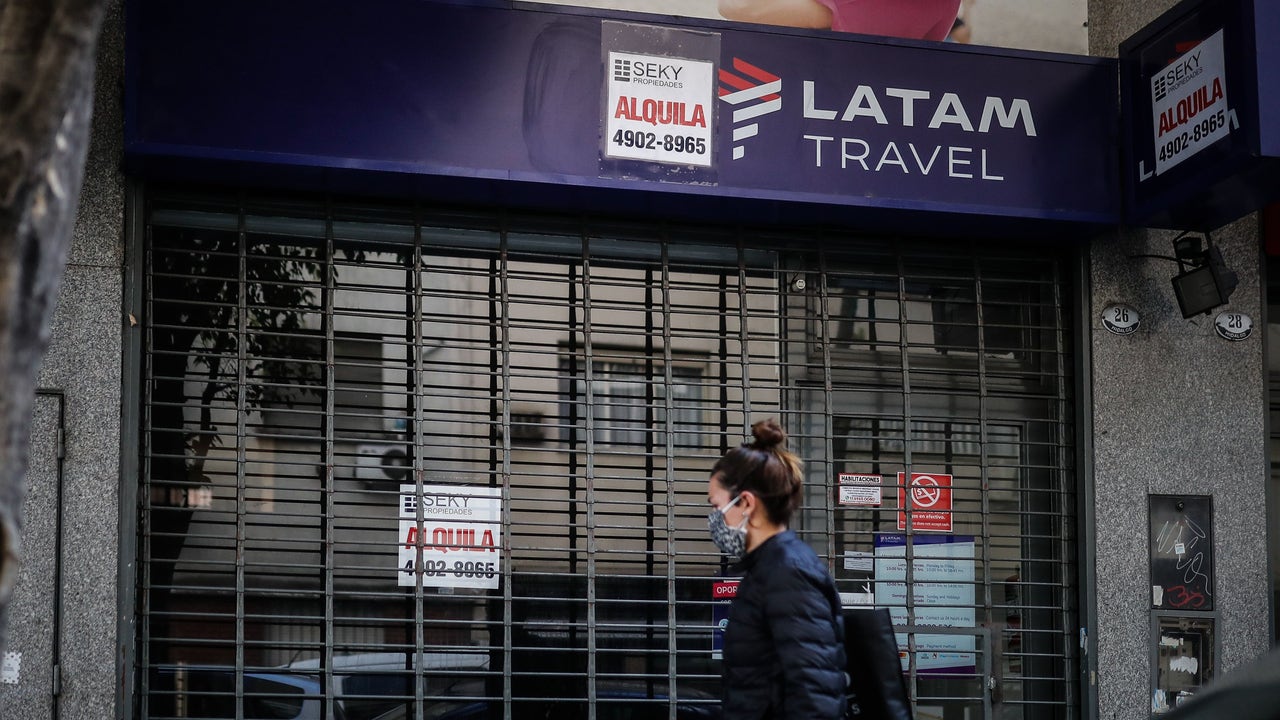La Moraleja, in Alcobendas, the richest neighborhood in Spain - La Provincia

Thedistricts and neighborhoods of La Moraleja (Alcobendas, Madrid),Vallvidrera-Tibidabo and Les Planes (Barcelona) and Somosaguas-Humera (Pozuelo de Alarcón, Madrid), are the ones with the highest rents available in Spain.
This is clear from a new statistic of the declarants of thePersonal Income Tax (IRPF)and the largest municipalities by postal code, prepared and published this Thursday by the Tax Agency, which reflects a predominance of districts in Madrid and Barcelona among those with the highest average disposable income.
Specifically, La Moraleja, district ofMadrid municipality of Alcobendas, is the neighborhood with the highest disposable income in Spain, with an income of 113,642 euros, 73% more than the second district with the highest average disposable income, Vallvidrera-Tibidabo and Les Planes (Barcelona), which has an average income of 65,700 euros
Next is the neighborhood of Somosaguas-Humera (Pozuelo de Alarcón), with 62,390 euros; the neighborhood of Salamanca-Goya (Madrid), with 61,562 euros; Aravaca (Madrid), with 61,476 euros; the rest of Pozuelo de Alarcón, with 60,033 euros and Muntaner (Barcelona), with 59,498 euros.
Complete the'top ten' of neighborhoods with the highest average disposable income in Spainto the districts of Pedralbes-Sarriá (Barcelona), with 57,667 euros; New Spain (Madrid), with 56.705 euros, and Castellana (Madrid), with 56.011 euros.
On the other hand, theiez districts with the lowest average disposable income in Spainthey are Las Pachecas-El Mojo-Los isletes (Jeréz de la Frontera), with an income of 15,427 euros; Los Ramos (Murcia), with 15,139 euros; Alquerías (Murcia, with 15.1156 euros, Sector El Asilo-El Canal (Elche), with 15,085 euros), Garden City (Alicante), with 14,945 euros, and Gea and Truyols (Murcia), with 15,878 euros.
The Spanish neighborhoods with the lowest income are the Sector Sur-Polígono del Guadalquivir (Córdoba), with an average disposable income of 14,730 euros; Altamira-El Toscar (Elche), with 14,218 euros; Garrapilos (Jeréz de la Frontera), with 14,199 euros, andCarrús-Plaza de Barcelona (Elche), the district with the lowest rent (13,286 euros).
In the city of Madrid, the districts with the highest income are Salamanca-Goya, Chamartín, Chamberí-Rios Rosas, Justicia, Arganzuela, Castellana, Adelfas and Moncloa. While those with a lower declared income are Entrevías-Puente de Vallecas, Pavones, Villaverde-S. Christopher of Los Angeles, Palomeras, Usera, Carabanchel-Abrantes, Orcasitas-San Fermín and Cuatrovientos.
On the other hand, in Barcelona the districts with the highest income are Vallvidrera-Tibidabo and Les Planes, Muntaner, Pedralbes-Sarriá, Sant Gervasi-La Bonanova, Diagonal-Provença, Passeig de Gràcia-Rambla de Catalunya and Sant Gervasi, while those that they have less income are Vallbona-Ciutat Meridiana-Torre Baro-Canyelles, Ciutat Vella-El Raval, La Guineueta-Verdun, La Prosperitat-Porta, La Verneda and La Pau and Pueblo Seco.
33 'cities' account for almost 40% of disposable income
The statistics show that a total of33 large Spanish 'cities' concentrate 39.7% (166.469) of the total incomeavailable in the country (419,259 million), leading the list the city of Madrid (11.5%), more than double the distance from Barcelona (5.6%), and followed by Valencia (2%), Zaragoza (1 , 93%), Seville (1.57%), Malaga (1.1%) and Palma de Mallorca (1.03%).
They are followed by Murcia (0.93% of the total), Valladolid (0.88%), Las Palmas de Gran Canaria (0.82%), Gijón (0.72%), Vigo (0.72%), La Coruña (0.71%), Córdoba (0.69%), Alicante (0.69%), Oviedo (0.65%), Granada (0.58%), Pozuelo de Alarcón (0.54%), Burgos (0.54%), Hospitalet de Llobregat (0.52%), Terrassa (0.52%) and Sabadell (0.51%).
They finish the tableBadalona (0.48%), Alcobendas (0.48%), Santander (0.47%), Alcalá de Henares (0,47%), Alcalá de Henares (0,47%), Santa Cruz de Tenerife (0,45%), Getafe (0,45%), Móstoles (0,45), Las Rozas ( 0.44%), Cartagena (0.42%), Elche (0.36%) and Jerez de la Frontera (0.35%).
The Tax Agency explains that it has made the selection of municipalities according to thecriteria of population size(more than 200,000 inhabitants according to the Population Census), fiscal size (more than 100,000 IRPF declarations in the fiscal year) and total gross income (have an aggregate gross income of more than 2,200 million euros).
In most cases the three criteria are met simultaneously, but there are a few cases in which only one of them is valid.
High incomes
The new statistics of the AEAT reflect that theaverage disposable income in Spain stood at 25,086 euros in the year2016, 1.9% more than the previous year, and shows a higher average disposable income as the number of revenues increases.
Thus, taxpayers with incomes between 0 and 6,010 euros have an average disposable income of 7,891 euros; those with incomes between 6.10 and 12,020, an income of 13,573; those between 12,020 and 21,035 an income of 18,2019 and those between 21,035 and 30.50, an income of 24,719.
The highest available rents are concentrated in taxpayers withincome between 30,050 and 60,101 euros,they keep an available income of 35,599 euros, and those with incomes of more than 60,101 euros, with an income of 98,964, which is four times more than the income of the respondents with lower income.
By regions, the average disposable income of the municipalities of Madrid is the largest in Spain, with 26,854 euros, which is 40% more than the 16,333 euros of the income of the municipalities of Extremadura.










